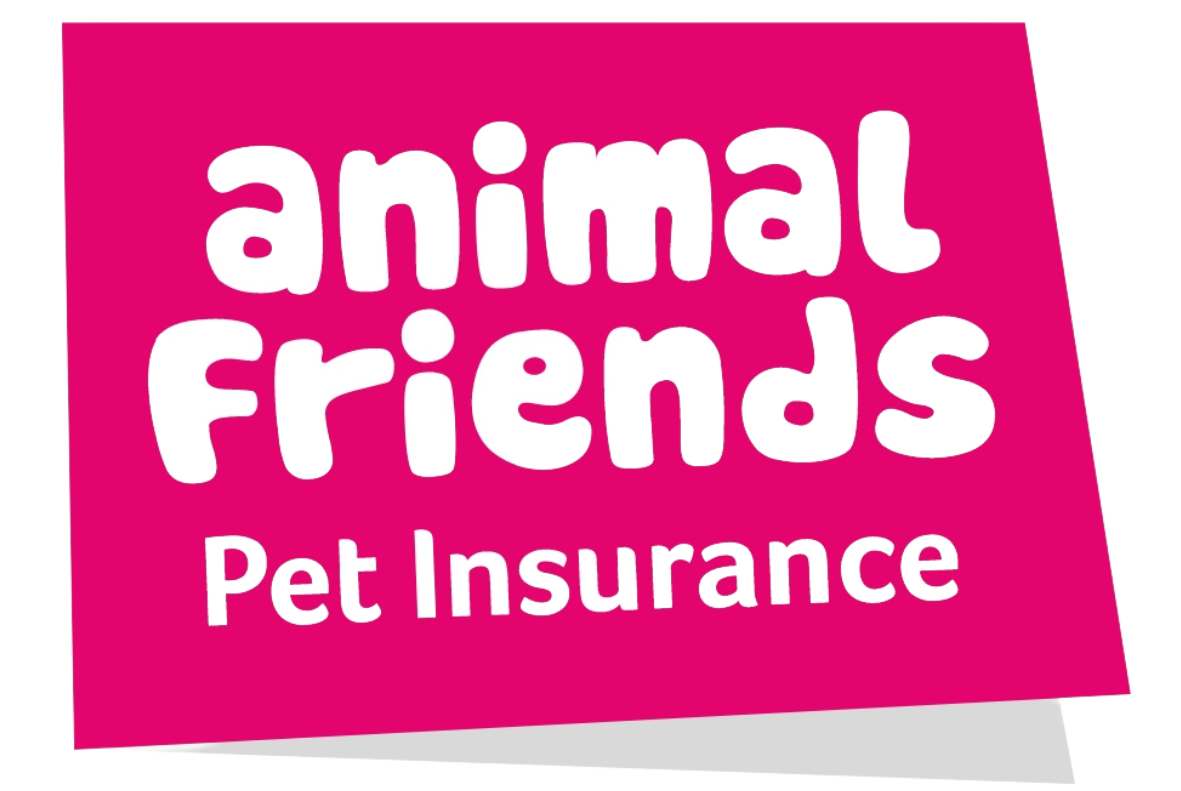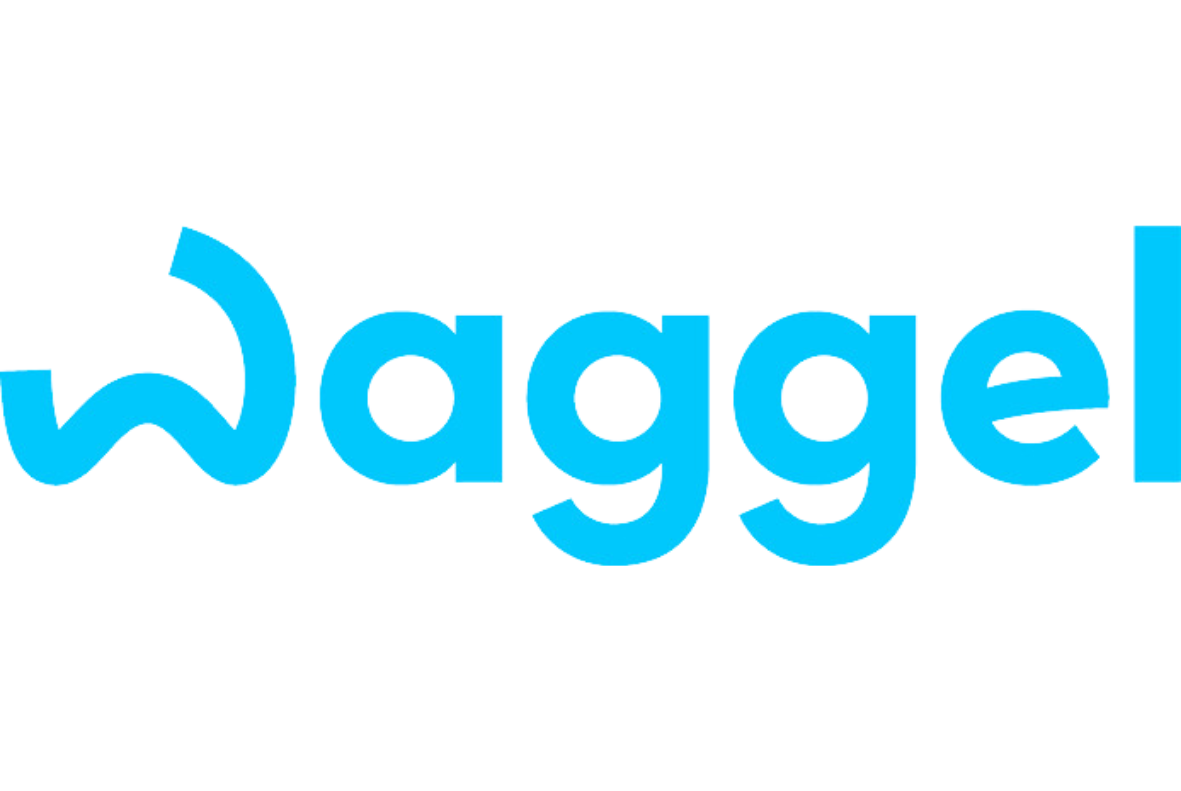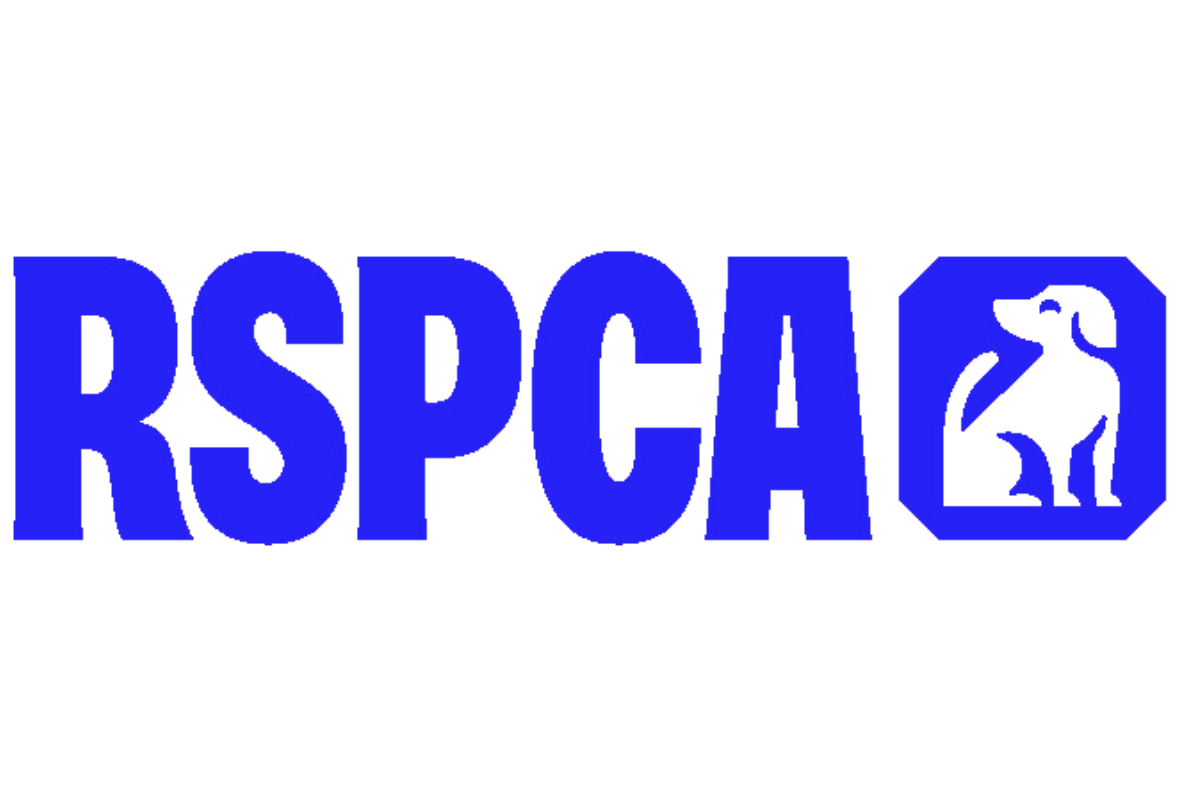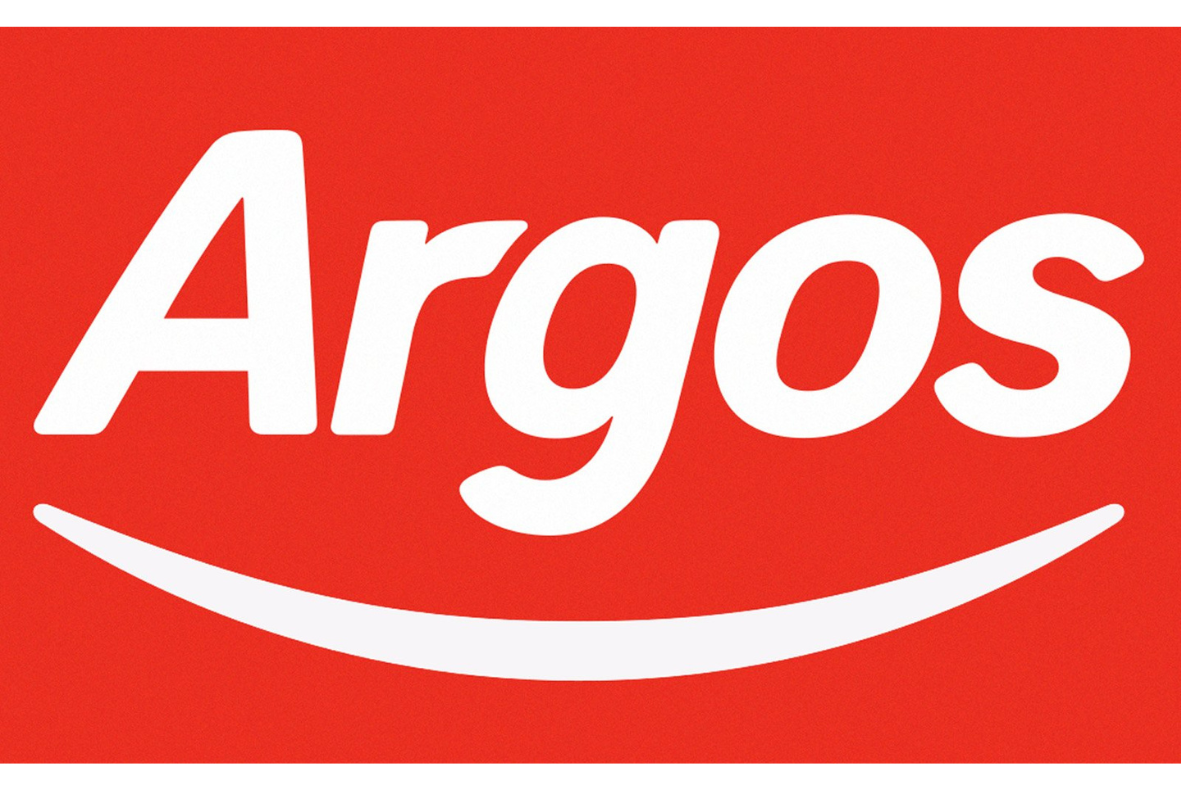Cheap Pet Insurance
- Compare 15 providers at once
- Prices from just £3.35* per month
- Top providers looking to help

Cheap Hungarian Wirehaired Vizsla Dog Pet Insurance
 The Hungarian Wirehaired Vizsla, a versatile gundog, is known for its hardy build and endearing character. Originally bred in Hungary for hunting and falconry, the breed retains its hunting instincts but is also a popular choice for a family companion. This active, medium-sized dog has a distinctive look, with its wiry coat, hairy eyebrows, and a moustache that adds to its noble appearance. Its coat not only makes it easy to recognize but also helps it withstand colder climates, making it a favorite among hunters for both land and water retrieval tasks.
The Hungarian Wirehaired Vizsla, a versatile gundog, is known for its hardy build and endearing character. Originally bred in Hungary for hunting and falconry, the breed retains its hunting instincts but is also a popular choice for a family companion. This active, medium-sized dog has a distinctive look, with its wiry coat, hairy eyebrows, and a moustache that adds to its noble appearance. Its coat not only makes it easy to recognize but also helps it withstand colder climates, making it a favorite among hunters for both land and water retrieval tasks.
Typically, male Wirehaired Vizslas stand between 58-62 cm at the withers, while females measure slightly smaller at 54-58 cm. Weighing between 20-30 kg, they have a robust, muscular frame suited to their active nature. With no specific dietary needs, these dogs have a hearty appetite and generally only require a higher protein diet if they’re regularly working as gundogs.
The Vizsla's origin is rooted in Hungary’s Magyar hunting dogs, which were prized hunting partners dating back a thousand years. Early hunters, known as Magyars, often used dogs resembling today’s Vizslas for hunting alongside falcons. Over time, the breed was refined through selective breeding to enhance its hunting, pointing, and retrieving capabilities. The wirehaired variety was specifically developed in the 1930s to offer better resistance to cold weather than the shorthaired type, which is one reason it’s now popular with hunters in colder climates.
When it comes to training, the Hungarian Wirehaired Vizsla is intelligent, eager to please, and very responsive to gentle, consistent methods. While they are keen learners, it’s essential to use a patient, positive approach, as this breed is sensitive and does not respond well to harsh training.
In temperament, the Wirehaired Vizsla is affectionate, loyal, and protective of its family, making it an excellent choice for households with children. Though they are well-suited to the outdoors and country living, these dogs thrive on family companionship and tend to stay close, rarely straying far from their owners. With proper socialisation, they integrate well with families and other pets, embodying the ideal blend of family pet and working dog.
Just some of the great pet insurance brands included









